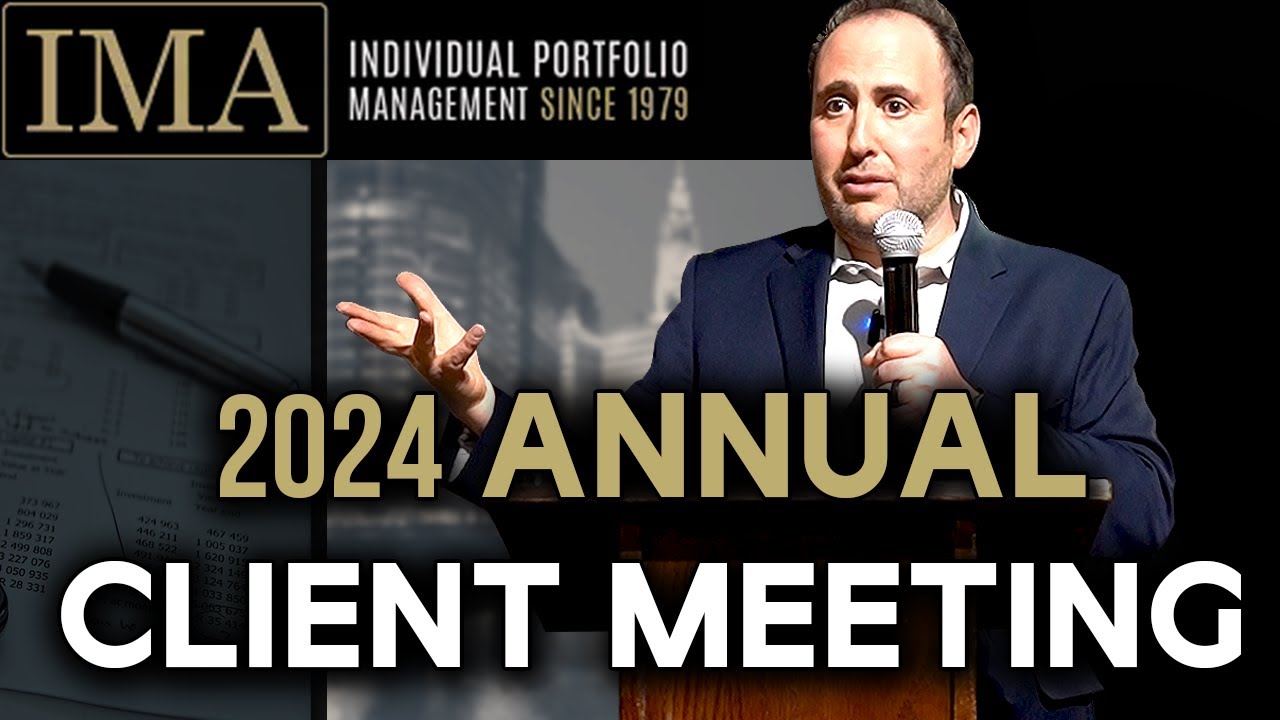Like many professional investors, I love companies that pay dividends. Dividends bring tangible and intangible benefits: Over the last hundred years, half of total stock returns came from dividends.
In a world where earnings often represent the creative output of CFOs’ imaginations, dividends are paid out of cash flows, and thus are proof that a company’s earnings are real.
Finally, a company that pays out a significant dividend has to have much greater discipline in managing the business, because a significant dividend creates another cash cost, so management has less cash to burn in empire-building acquisitions.
Over the last decade, however, artificially low interest rates have turned dividends into a cult, where if you own companies that pay dividends then you are a “serious” investor, while if dividends are not a centerpiece of your investment strategy you are a heretic and need to apologetically explain why you don’t pray in the high temple of dividends.
I completely understand why this cult has formed: Investors that used to rely on bonds for a constant flow of income are now forced to resort to dividend-paying companies.
The problem is that this cult creates the wrong incentives for leaders of publicly traded companies. If it’s dividends investors want, then dividends they’ll get. In recent years, companies started to game the system, squeezing out dividends even if it meant they had to borrow to pay for them.
The cult of dividends takes its toll
Take ExxonMobil for example. It’s a very mature company whose oil production has declined nine out of the last ten quarters, and it is at the mercy of oil prices that have also been in decline. Despite all that, Exxon is putting on a brave face and raising its dividend every year. Never mind that it had to borrow money to pay the dividend in two out of the last four years.
I sympathize with ExxonMobil’s management, who feel they have to do that because their growing dividend puts them into the exclusive club of “dividend aristocrats” – companies that have consistently raised dividends over the last 25 years. They run a mature, over-the-hill company with very erratic earnings that have not grown in ten years and that, based on its growth prospects, should not trade at its current 15 times earnings. ExxonMobil trades solely on being a dividend aristocrat.
It is assumed that a dividend that was raised for 25 years will continue to be raised (or at least maintained) for the next 25 years. GE, also a dividend aristocrat, raised its dividend until the very end, when it cut it by half and then cut it to a penny.
In a normal, semi-rational world, dividends should be a byproduct of a thriving business; they should be a part of rational capital allocation by management. But low interest rates turned companies that pay dividends into a bond-like product, and now they must manufacture dividends, often at the expense of the future.
Let’s take AT&T. Today, the company is saddled with $180 billion of debt; its DirecTV business is declining; and it is also losing its bread and butter post-paid wireless subscribers to competitors. It would be very rational for the company to divert the $13 billion it spends annually on dividends, using it to pay down debt, to de-risk the company and to increase the runway of its longevity. But the mere thought of a lowered or axed dividend would create an instant investor revolt, so AT&T will never lower its dividend, until, like GE, its external environment forces it to do so.
There is a very good reason why investors should be very careful in treating dividend-paying stocks as bond substitutes. Bonds are legally binding contracts, where interest payments and principal repayment are guaranteed by the company. If a company fails to make interest payments and/or repay principal at maturity, investors will put the company into bankruptcy. It is that simple.
When you start treating a stock as a bond substitute, you are making the mental assumption that the price you pay is what the stock is going to be worth at the time when you are done with it (when you sell it). Thus, your focus shifts to the shiny object you are destined to enjoy in the interim – the dividend. You begin to ignore that the price of that fine aristocrat might be less, a lot less, when you and the stampede of other aristocrat lovers will be selling it.
For the last ten years as interest rates have declined not just in the US but globally, you didn’t have to worry about that. Dividend aristocrats have consistently outperformed the S&P 500 since 2008.
However, the bulk of the aristocrats’ appreciation came from a single, unrepeatable, and highly reversible source: price to earnings expansion. If you are certain that interest rates are going lower, much lower, then you can stop reading this, get yourself some aristocrats, buy and forget them, because they’ll continue to behave like super-long-duration bonds with the added bonus of dividends that grow by a few pennies a year.
If interest rates rise, the prices of dividend aristocrats are likely to act like those of long-term bonds. The price-to-earnings pendulum will swing in the opposite direction, wiping out a decade of gains.
Analyze management, not dividends
What should investors do? View dividends not as a magnetic, shiny object but as just one part in a multivariable analytical equation, and never the only variable in the equation. Value a company as if it did not pay a dividend – after all, a dividend is just a capital-allocation decision.
I know tens of billions of dollars have been destroyed by management’s misallocation of capital, be it through share buybacks or bad acquisitions. But as corporate management continues trying to please dividend-hungry investors, value will also be destroyed when companies pay out more in dividends than they can afford.
This is why analyzing corporate management is so important. A lot of management teams will tell you the right thing; they’ll sound smart and thoughtful; but their decisions will fail a very simple test. Here is the test: If this management owned 10% or 20% of the company, would they be making the same decisions?
Would GE, ExxonMobil, or AT&T have been run differently if they were run by CEOs who owned 10% or 20% of their respective stocks? It’s safe to say they would have put their billions in dividend payments to a very different, more profitable use.










0 comments